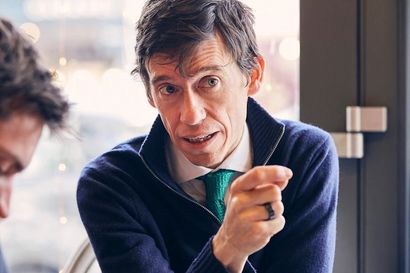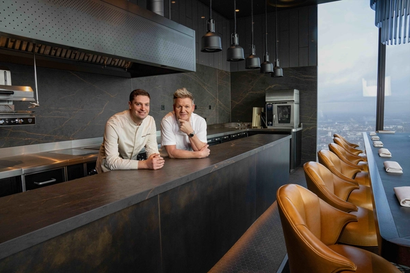The noise is just deafening, the smell of unburnt fuel stings your nostrils and the feel of a V8 engine revving, reverberates through your rib cage and into your heart. Add to that a hefty dose of adrenaline and trepidation, and you’ll be somewhere close to what F1 veteran Sir Jackie Stewart felt 50 years ago, on the start line of the 1966 Monaco Grand Prix.
Just 21 days later, after the euphoria of crossing the finish line first in Monaco harbour had subsided, there was a very different feeling in the air. On lap one of Spa-Francorchamps, during the Belgian Grand Prix, a sudden downpour resulted in Stewart’s car crashing and overturning, trapping him upside down in the car, with fuel gushing into the cockpit.
The experience and appalling response from the authorities were enough to spark his global campaign – against popular demand – to drastically improve the safety of motorsport. Half a century on, we speak to the man behind modern motorsport.
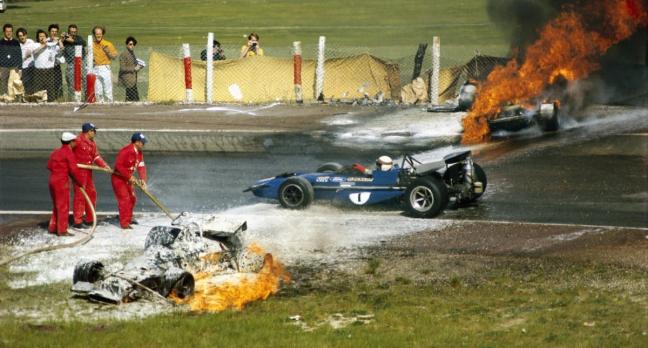
Well, my brother was a racing driver called Jimmy Stewart. He used to race for Ecurie Ecosse but he only did one F1 race in 1953 – he had an accident with five laps to go! When he was driving, I was only 14 but I still have an autograph book with all the drivers from the time’s signatures. I never thought I’d be a racing driver – I didn’t think my family had the money, especially after putting one son through it already.
So I took up shooting – clay shooting, that is – and I was quite successful at it. I represented Scotland and twice won the European Championships. That was what my whole life was at that time but I stopped when I was 23, which is when I married my wife Helen. At the time, for me, motorsport was just reading Autosport magazine!
But my father had a small garage, with around seven employees. There was a very well off man from Glasgow – one of our clients – who had some very nice cars. But his family didn’t want him to race them as he was the only heir to the estate, so he got other people to drive them to the track and then get in and do the job! As a reward one day, in the early 1960s, he let me have a go and I came second. So he let me have another go and that time I came first. After that, I got my first contract and then came my first win in 1964 in Formula 3. I remember in one year I drove 26 different racing cars – that’s just what you did back then. My first Formula 1 race, however, came in 1965 when I signed with BRM.
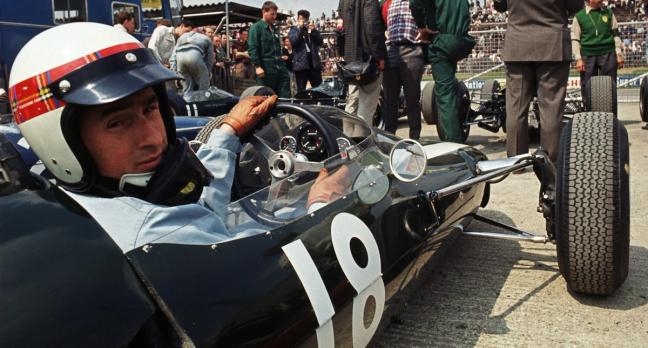
There’s an ugly side to motorsport and that’s when a colleague dies. We would all go to the memorial service – our wives and our families. Our wives played a huge part in F1. Helen would be time keeping at the side of the track but the problem was, when there was an accident, it affected everyone. We were seeing it on a regular basis.
In April 1968, Jim Clark was killed. Exactly one month later, Mike Spence was killed. Another month on, almost to the day, Ludovico Scarfiotti was killed, followed by Jo Schlesser another month on from that. Four drivers had died in four months. It was ridiculous – you couldn’t afford to make mistakes. The tracks hadn’t changed but the cars most certainly had – they’d got so much faster. There was no run off areas between the track and concrete walls.
I never thought I’d be a racing driver – I didn’t think my family had the money
We often had to drive through the flames of crashed cars – in those days the fuel tanks were explosive – it was before the days of flame protection. But make no mistake, motor racing will never be safe – it even says it on the back of the ticket but it’s better than it’s ever been today.

Oh, there was serious opposition and a lot of, ‘if the kitchen’s too hot, why don’t you get out.’ I was very unpopular, especially when I closed the Nürburgring! 375,000 people used to come to that area of Germany for the race – it was an essential part of the local economy. There were 187 corners per lap – it’s the greatest challenge in the world as a racing driver but that doesn’t mean it’s safe.
If we’d allowed the Nürburgring to stay open, we’d have not managed to get other tracks to change. We also closed Spa. If there was a popularity contest, I wouldn’t have won it but I could do that because I was three times World Champion! Now F1 has no place on ‘the green hell’ – it was me who coined that phrase in 1968 when I won it in fog and rain by four minutes. You wouldn’t have even been allowed to start in conditions like that now.

If you take death and serious injury into it, then you can’t say it’s the right thing. But if you examine the camaraderie and the community, then it’s nothing like it was back then. But then again, the unity was in the face of death… they’re ‘bad old days’ as far as I’m concerned. Racing drivers have the ability to blank off risk – we’d go to a funeral on Wednesday and a race on Saturday. There’s a huge relationship that existed but that’s not to say that it was better than today.
Well, the crowds were bigger. There was TV but no satellites or cable. Everyone knew the leader of the pack in those days and that was often Jim Clark – he was unquestionably the best driver of the time until he was killed in 1968. Print was the big medium back then, not TV. Despite his fame, no one had heard Jim Clark’s voice, for example. I’d say I led the commercial side of the sport. Rolex picked me up the year before I won the championship and now I’ve been with them for 68 years. I was with Ford for 40 years and Moët & Chandon for 47 years. They’re like family to me.

It has and it hasn’t – it’s still the same animal. I don’t think there’s much difference between the drivers now – I see three standout drivers: Alonzo, Vettel, and Hamilton. You see there’s no difference between Hamilton and Stirling Moss in their mindset but they’re not as rounded as they were.
There’s an ugly side to motorsport - and that’s when a colleague dies
I would go to Indianapolis to race in between driving in F1. Now, they just don’t do that. If anything, it’s the technology that’s really changed the sport the most. With all that’s been done for safety, for example, the driver sits in what is basically a cocoon. Back in the day, there was a two-thirds chance I would have been killed. Racing was still glamorous and exciting as it is now but the risk was much, much greater.
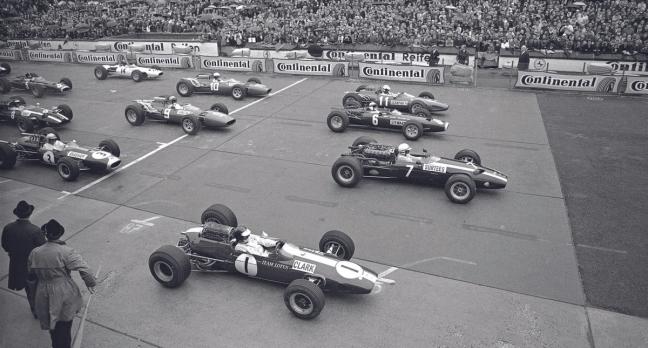
- Mind management – much of it is God-given, but you can develop it.
- Natural ability is essential, but how you massage it is down to the person.
- And, ideally, average height!

Become a Gentleman’s Journal Member?
Like the Gentleman’s Journal? Why not join the Clubhouse, a special kind of private club where members receive offers and experiences from hand-picked, premium brands. You will also receive invites to exclusive events, the quarterly print magazine delivered directly to your door and your own membership card.
